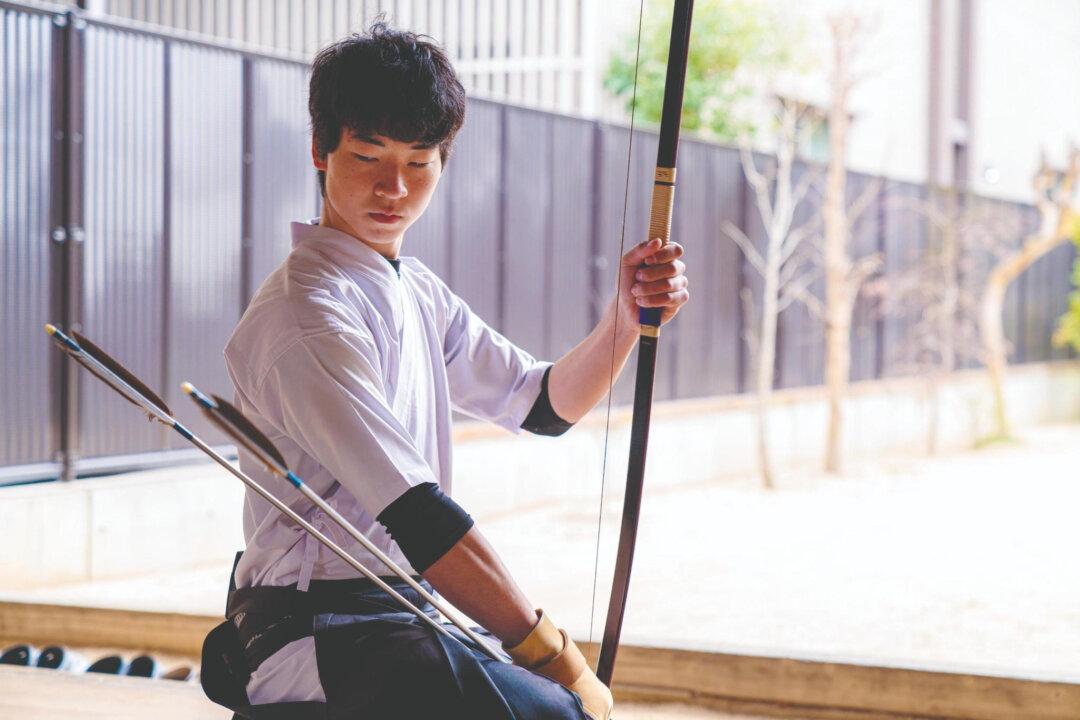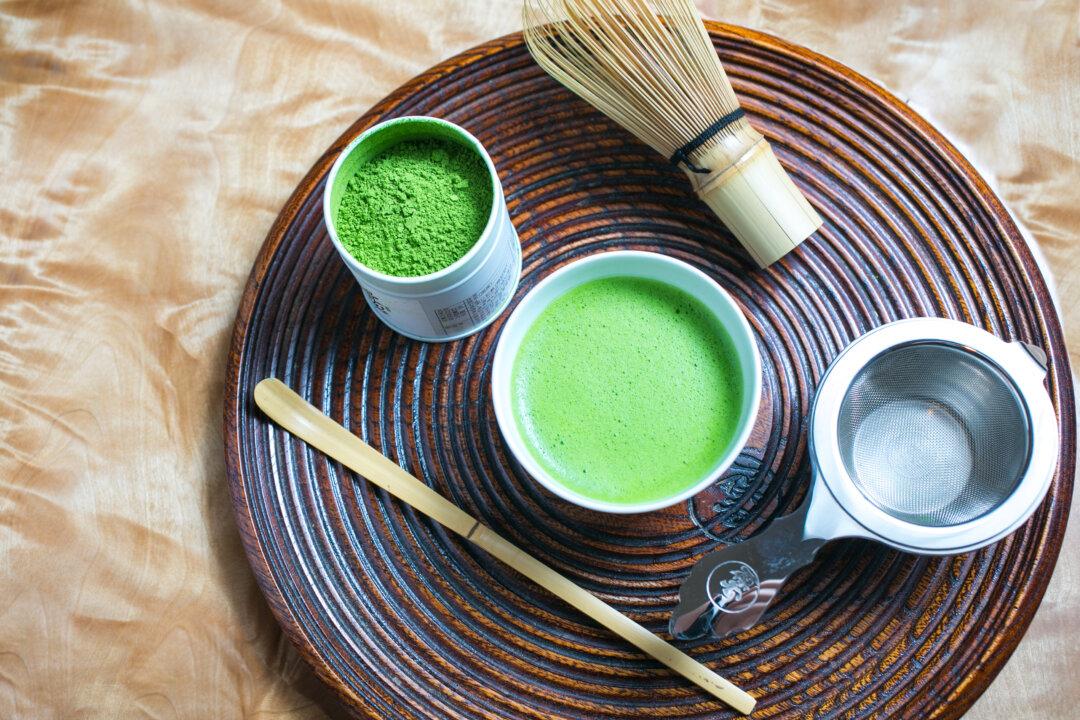You may never have considered trying traditional Japanese archery—kyudo—but it offers a profound form of exercise that combines physical activity with mental clarity.
In 1948, a slender paperback, “Zen in the Art of Archery,” by German philosophy professor Eugen Herrigel, introduced Westerners, particularly Americans, to Zen Buddhism. This is not a book on meditation; it is a book on Japanese archery.






